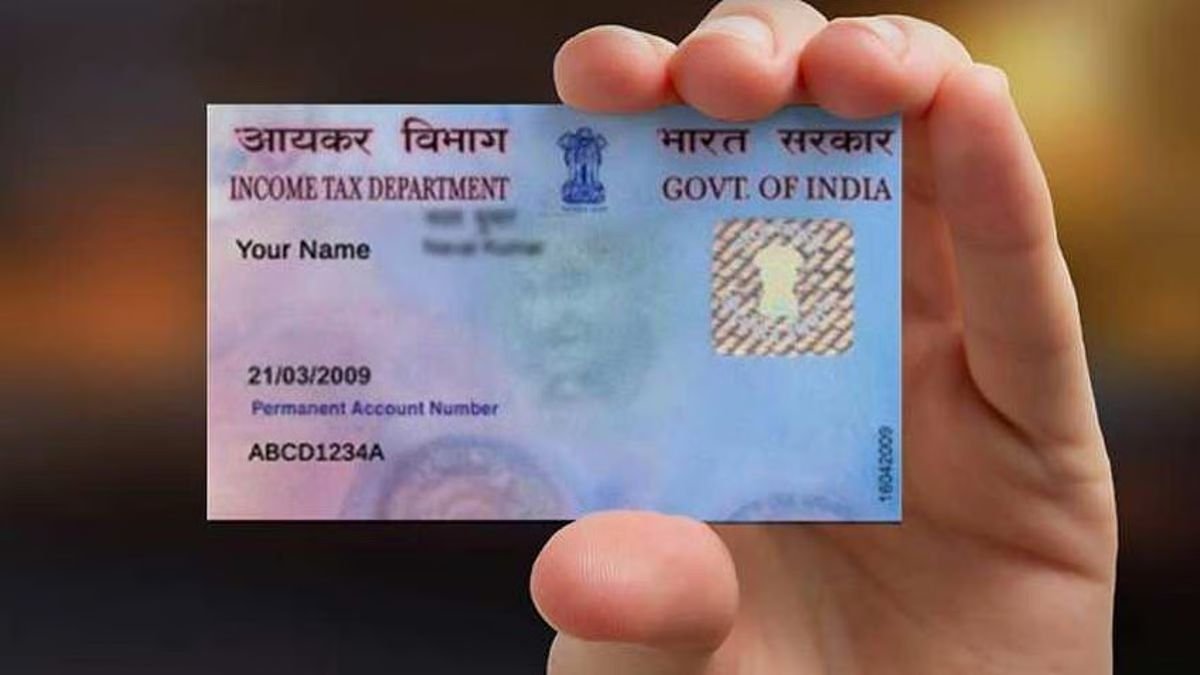You have invested in mutual funds via different websites, have SIPs in tax-saving schemes, made lump sum investments in sector funds, and inherited units from the past.
You think about it, and suddenly wonder—how do I even track where all my investments are?
That’s when your PAN (Permanent Account Number) proves to be a game changer.
In this editorial, we will guide you on how to monitor all your mutual fund investments through your PAN, be compliant with SEBI’s new rules, recover lost folios through MITRA, and use consolidated tools such as CAS and MF Central.
Whether a novice or a pro, you can manage your wealth in 2025 in a clever, secure, and regulatory-approved way.
Why Your PAN is Your Mutual Fund Tracking Key
Your PAN is not just a tax ID—it is the one strand that connects all your mutual funds . Whether you put in Rs 500 under an SIP or Rs 5 lakhs upfront, your PAN ensures it’s tracked.
More importantly:
- It prevents the possibility of missing folios.
- It allows you to view all your investments in a single window.
- It makes reporting of taxes and tracking of capital gains easy.
So you don’t have to login to 5 different apps, you just require PAN and one or two authorized portals to view everything you hold.
How to View All Mutual Funds Associated with Your PAN
Thanks to SEBI’s regulatory reforms and digitization, it is now easy to view all your mutual fund holdings using only your PAN.
This is done through what’s called the Consolidated Account Statement (CAS)—a monthly report that provides a detailed snapshot of all transactions, NAVs, holdings, and folios associated with your PAN across different mutual fund schemes.
To view your CAS, you don’t have to login to separate fund house websites or maintain a pile of stale statements. You can simply go to websites like MF Central, CAMS, or KFintech, which are centralised record keepers.
Step 1: Go to a Centralized Website
Select any one of the following safe portals that enable PAN-based tracking:
- MF Central
- CAMS Online
- KFintech
- NSDL CAS Portal
- CDSL CAS Portal
Step 2: Select ‘Request CAS’ or ‘View Portfolio’ Option
Search for links such as: Consolidated Account Statement (CAS), View Portfolio or Request Statement by PAN.
These should usually be under ‘Investor Services’ or ‘Mailback Services.’
Step 3: Enter Your PAN & Registered Email/Mobile
- PAN details
- Email ID or Mobile Number registered under your mutual fund folios
The date of birth might be requested on some platforms as an additional verification.
Step 4: Authenticate via OTP
You will receive a One-Time Password (OTP) in your registered mobile/email. Enter the OTP to confirm.
Step 5: Choose the Report Format
Select:
- Frequency – One-time, monthly, quarterly, or annual
- Date range – From date to date
- Delivery mode – On-screen or by email (generally PDF)
Step 6: Download/View Your CAS
Upon verification, your Consolidated Account Statement (CAS) will be created reflecting:
- Scheme-wise holdings
- NAVs & market values
- SIP/STP/SWP details
- Redemptions/dividends
- Expense ratios
- Capital gains summary
When you download, your CAS will display detailed information regarding your mutual fund portfolio, the number of units you possess in each scheme, the value of those holdings at the last NAV, and all transactions in the period selected—whether monthly, quarterly, or annually.
It also allows you to monitor Systematic Investment Plans (SIPs), redemptions, dividends, and even expense ratios, providing you with a one-view dashboard for your overall investment universe.
What If Some Investments are Missing in CAS?
Now, if you find some investments not showing in your CAS, relax. It might have occurred if those folios were opened with a different PAN (e.g., of a joint holder), or if your KYC is not complete or not yet confirmed.
At times, investors may have units in folios where the PAN is either not associated or wrongly mentioned, and as a result, there will be gaps in the CAS.
In such situations, the solution is to first validate and update your KYC information on all your folios. It is quite simple to do so through CAMS or KFintech by providing a few documents or Aadhaar-based eKYC.
After linking your PAN correctly and having your KYC validated, your lost folios will begin reflecting in your CAS, making the entire picture complete.
Utilising PAN to monitor mutual funds provides unparalleled convenience and ease. It eliminates the necessity of keeping separate records or relying on numerous platforms for updates.
You instead receive a safe, centralised platform for seeing your entire investment portfolio, all with just a few clicks—so long as your PAN and KYC information is precise and current.
New in 2025: MITRA Platform for Reclaiming Investments
In an investor-friendly development, SEBI introduced the MITRA platform (Mutual fund Investment Tracing and Reclaim Application) in March 2024.
If you suspect that you have forgotten or old mutual fund investments, visit SEBI’s MITRA platform, provide PAN + DOB, and redeem forgotten units across AMCs.
This platform is particularly helpful for those who:
- Have inherited mutual fund investments
- Have made investments prior to 2010 and lost trace
- Have folios with no email/mobile registered
- Made offline investments with wrong KYC
Final Thoughts…
As the investment landscape widens and gets more diverse, the true benefit is consolidation and clarity.
Tracking your mutual funds via your PAN is not merely about convenience—it’s about control, accountability, and acting in time.
With new platforms emerging that simplify access, the focus for investors in 2025 is now not just on what you need to invest in but on how effectively you are managing what you already possess.
Let’s call it developing a financial hygiene habit—one that keeps you from duplicating effort, reveals idle investments, and helps you make better decisions informed.
The tools are in your possession. Now it is time to apply them well.
Happy Investing.
Disclaimer: This article is for information purposes only. It is not a stock recommendation and should not be treated as such. Learn more about our recommendation services here…
The website managers, its employee(s), and contributors/writers/authors of articles have or may have an outstanding buy or sell position or holding in the securities, options on securities or other related investments of issuers and/or companies discussed therein. The content of the articles and the interpretation of data are solely the personal views of the contributors/ writers/authors. Investors must make their own investment decisions based on their specific objectives, resources and only after consulting such independent advisors as may be necessary.






